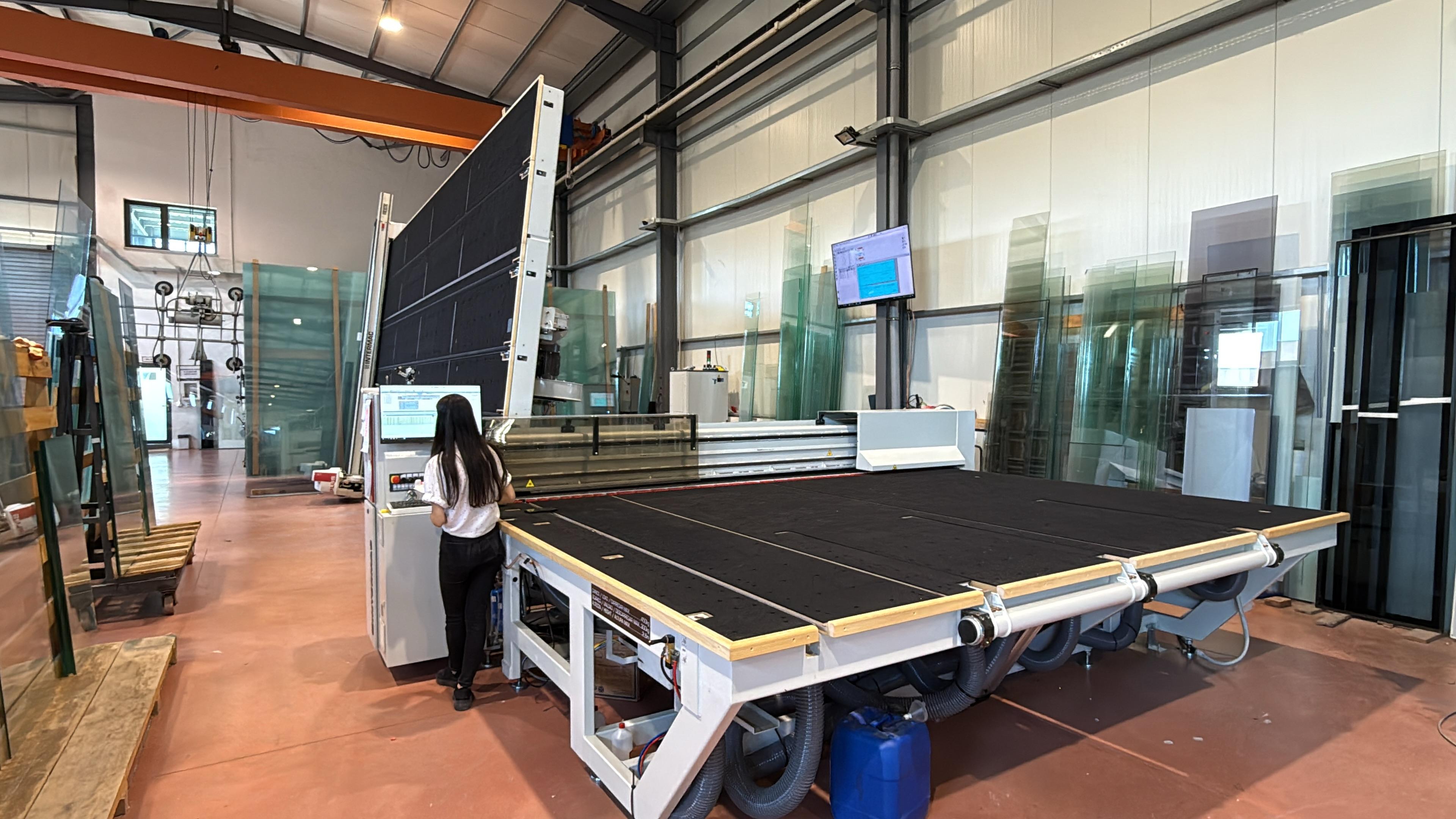Glass for Europe recently participated in the 77th session of the UN Working Party on Passive Safety (GRSP) in Geneva, Switzerland, as part of the CLEPA delegation. Our primary objective was to contribute to crucial discussions surrounding head-form testing on vehicles, specifically under UN Regulation 127.
The core purpose of our involvement was to offer valuable technical insights into the unique characteristics of automotive glass. Understanding the specific properties of this material is paramount for policymakers striving to develop safety requirements that are not only effective in enhancing pedestrian protection but also practically achievable for vehicle manufacturers.
Improving pedestrian safety globally is a vital endeavor, and the regulatory landscape must acknowledge the diverse properties of the various components involved in a vehicle, including its glazing. To ensure vehicle manufacturers can reliably meet stringent safety standards, it is essential to recognize and account for the inherent statistical nature of glass strength and behavior.
This underscores the importance of providing accurate information regarding windscreen breakage behavior, the established safety glazing standards, and the relevant glass regulations. By doing so, we can collectively work towards future regulations that are truly fit for purpose, taking into account the real-world performance of automotive glass.
Glass for Europe is committed to fostering a comprehensive understanding of flat glass and its properties within the regulatory sphere. We remain readily available to contracting parties, as well as any other interested stakeholders, for further dialogue and collaboration on this critical topic.
Source: Glass for Europe with additional information added by Glassbalkan







